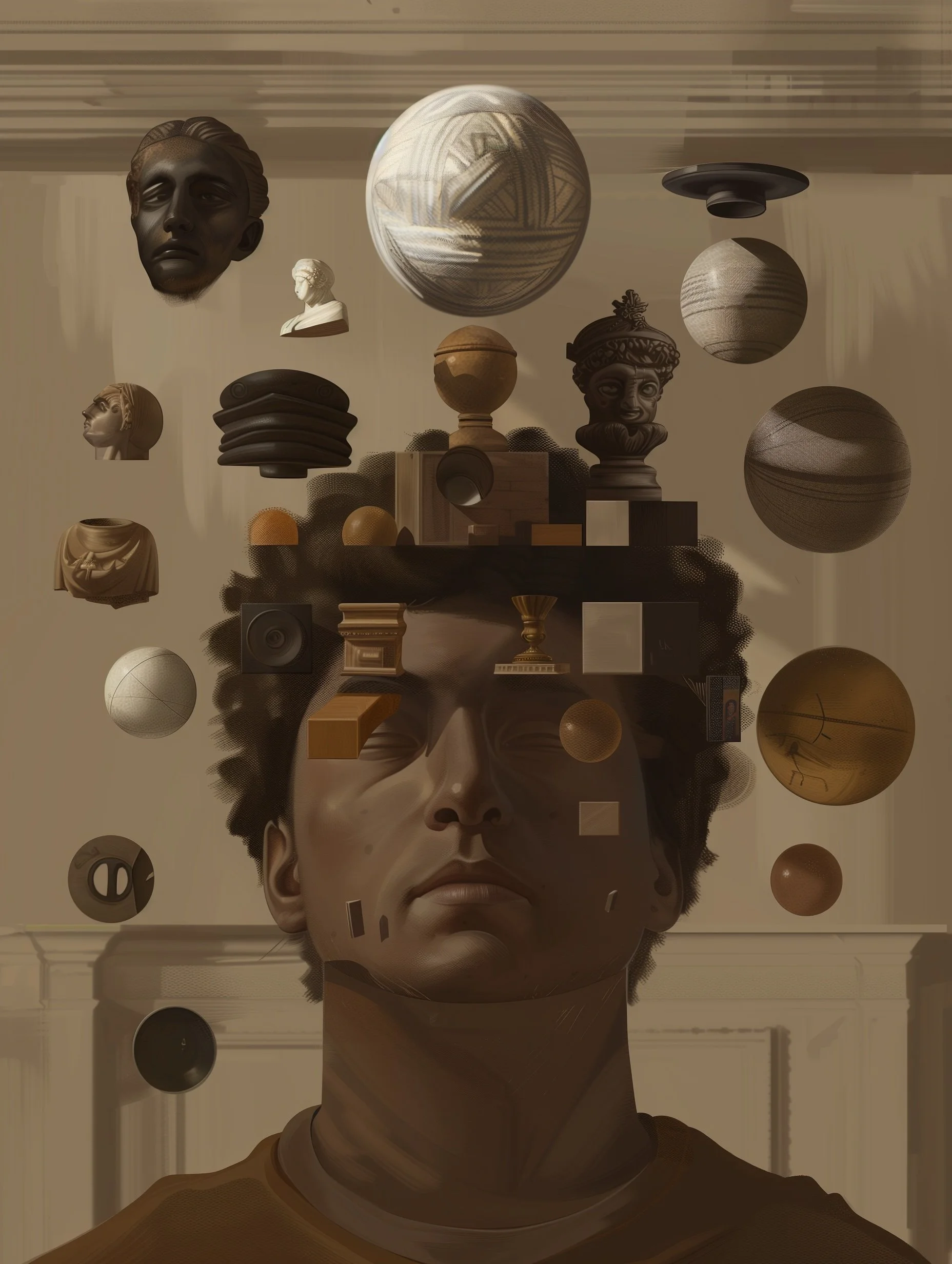Why Shifts of Perception Matter: Seeing Mind as Cause
JOURNAL ANNOTATIONS
320 words · 1 min readThis Journal Annotation was created for the Consciousness-First Principles page. It expands on the premise that perception is the actual pivot: the place where awakening becomes testable in daily life.
To change the dream, we cannot rearrange its images — only shift the sight that beholds them.
The shift is so radical. What do the spiritual traditions say?
Across traditions, perception is treated as the pivot. In Advaita Vedanta, the world is framed as misperception — a play of forms in the single field of Being. Zen masters use koans to dissolve the usual lens. Daoist texts describe tension as illusion, undone in the flow of nonresistance. More recently, A Course in Miracles defines reality itself as a perceptual error, to be corrected by recognizing oneness. Eckhart Tolle reframes the present moment as doorway rather than state — perception clarified, not achieved.
If this reality is projected in mind like a dream, then the only leverage we have is vision: the way we frame what we see, and the identity we take ourselves to be. We cannot fix the dream by rearranging its images. The most direct result comes when the shift happens at the level of sight itself — from world as cause to mind as cause, from otherness to interlinked selfhood.
Why is this so important for a consciousness-first creative experiment? Because it sets the scope. If we are one undifferentiated awareness, then anything that seems to divide us — body, history, role, even thought — belongs to the dream of separation. The only thing that can actually change is perception itself.
Up-layering works like this: we notice the surface story, pause, and allow attention to move a layer higher. In that moment, confidence builds. We begin to act from a loving awareness that reflects unicity, without forcing, without imposing, without declaring. We simply live as if the same mind is looking through every set of eyes.
For further reading, see the Bibliothèque of the Dreamer — from classic nondual texts to modern works like The Power of Now. These traditions converge on one insight: perception shifts are not decoration; they are the practice itself.
Further Reading.
Bibliothèque: The Power of Now by Eckhart Tolle — present moment as doorway
A Course in Miracles — reality as perceptual error, corrected through oneness
The Upanishads (trans. Eknath Easwaran) — misperception and eternal witness
Zen Koans (various collections) — dissolving the usual lens through paradox
Meta Note
This page is a living document.
Connection: Extends the Consciousness-First Principles page by framing perception as the primary lever of change.
